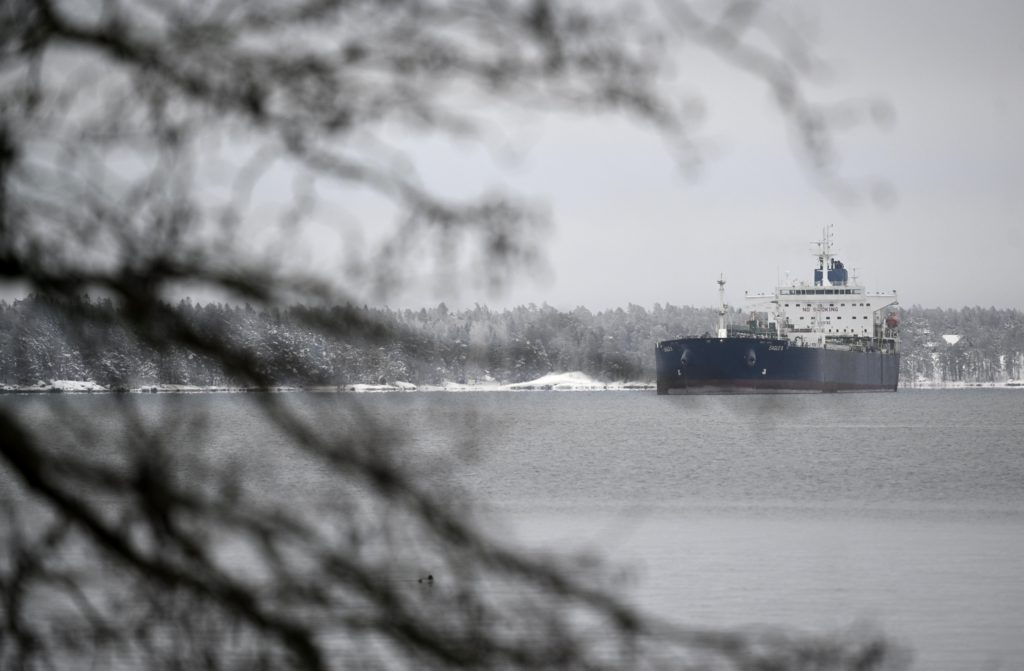Tropical Storm Elsa churned late Saturday off the southwestern coast of Haiti, headed toward Jamaica and eastern Cuba as forecasters warned of heavy rains, flash flooding and mudslides.
The weather system brought maximum sustained winds of 65 miles (100 kilometers) per hour and was moving northwest at 17 miles per hour, the US National Hurricane Center (NHC) said.
“There are fairly intense gusts of wind and light rain, but so far we have not recorded any damage,” said Jerry Chandler, director of the Haitian Civil Protection Agency.
Elsa was the Atlantic’s first hurricane of the season on Friday, when it was a Category 1 storm, until being downgraded on Saturday afternoon.
The storm was not expected to change in strength overnight, with “some slight strengthening possible Sunday afternoon as Elsa approaches the south-central coast of Cuba,” the NHC said in its 11 pm (0300 GMT Sunday) update.
Forecasters had warned of rainfall of 4 to 8 inches (10 to 20 centimeters) across portions of southern Hispaniola and Jamaica, with isolated areas receiving 15 inches.
“This rain may lead to scattered flash flooding and mudslides, some of which may be significant in nature,” the NHC said.
Cuba is Elsa’s next target, with hurricane conditions expected on the eastern part of the island Sunday, while the southern coast could see a storm surge of 3 to 5 feet.
From Sunday into Monday, parts of Cuba could get 5 to 10 inches of rain, with isolated incidents of 15 inches resulting in “significant flash flooding and mudslides,” the NHC said.
– Haiti on alert –
In Haiti, authorities raised the alert level to the maximum red on Saturday morning, warning the entire country to remain vigilant.
Officials in the impoverished nation have voiced fears that they lack emergency supplies such as food and water.
The government recently used a good part of its emergency resources in another crisis: the evacuation of thousands of people from their homes in Port-au-Prince because of raging gang violence.
Many of the displaced are staying in gyms, schools, or other public buildings, and some supplies originally earmarked for hurricane season have been diverted to support them, Chandler said.
Authorities want to ship emergency supplies to the southern coast, but heavily armed gangs control part of the only road leading from the capital to the south and are allowing nothing through.
To reach these threatened areas, Chandler said, “we have to go through red zones,” referring to gang-held territory.
In 2016, Category 4 Hurricane Matthew killed more than 500 people in southern Haiti and caused nearly $2 billion in damage.
– Preparations in Florida –
In the United States, parts of the Florida Keys were placed under a tropical storm watch on Saturday evening with forecasters expecting rain, storm surges, and strong winds from Elsa to affect the area and the Florida peninsula early next week.
Hurricane-related weather would be bad news for the Florida town of Surfside, near Miami, where rescuers are trying to dig out a collapsed condo building in search of survivors and bodies.
Florida Governor Ron DeSantis told reporters Saturday that the part of the building still standing could be demolished before Elsa’s arrival to protect the safety of the hundreds of search and rescue workers at the site.
The work could be completed within 36 hours, entailing “minimal work stoppage from the search and rescue teams,” he said.
Meanwhile, the state expects to have 2.6 million drivers on the roads during the July 4 holiday weekend, according to South Florida’s Sun-Sentinel newspaper, citing the AAA auto club.
“It isn’t unreasonable for South Floridians to be ready for the potential of a Category 1 hurricane knocking on our door early next week,” said Robert Garcia, a meteorologist with the National Hurricane Center, according to the paper.
“It is something that can’t be ruled out, and folks should be aware that’s something we may have to prepare for here during the holiday weekend.”










